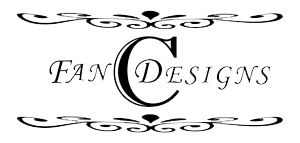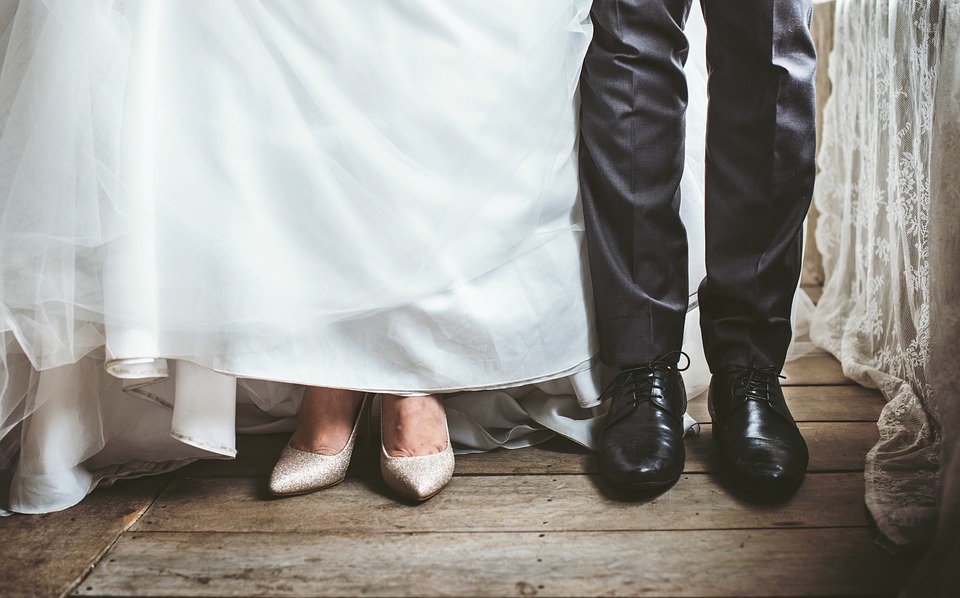Not every wedding is the same, but every wedding has one thing in common: tradition. More than just a song in a popular musical, tradition is considered sacred among many and is held to the most specific detail in many weddings. Do you ever wonder where some traditions originated and why they’re such important parts of weddings in the United States and abroad? Here are a couple of the most well-known wedding traditions explained by their historical context.
The Dress
Most people in North America and Europe are familiar with women walking towards their future spouse in a long, white dress. It’s been a staple of European wedding tradition since Queen Victoria graced the aisle way back in 1840. The white dress is said to represent purity – as women were given to their husbands as virgins – but also the blank canvas of a new beginning. In medieval times, weddings were usually arrangements to unite families and kingdoms, rather than a symbol of love. Brides were expected to look pristine. Brides and grooms stood at the altar not only for themselves, but for their entire family or region. Although this has changed in most societies, the tradition of a glorious gown and all the trimmings have remained the same.
Old, New, Borrowed & Blue
This little rhyme is more than a catchy jingle to give the bride more to worry about on her big day. Each item has a special meaning and symbolizes something important for the road ahead:
- Something Old represents the bride’s past, and her life before joining it with another.
- Something New represents the opposite — the future, and the life she and her spouse will build as a couple.
- Something Borrowed is traditionally from someone already married, to symbolize good luck and happiness between the new couple, from an already successful one.
- Something Blue represents loyalty, purity, and faithfulness in the new union.

The Bouquet
Modern weddings include bouquets that happen to be the bride’s favorite flower, or match the theme or season of the wedding. A bride may choose sunflowers for a summer wedding and tulips for spring, for example — or, perhaps, they simply really love the look of lilies (who can blame them?).
Once upon a time, though, they were much more than just an aesthetic choice. Bouquets were originally comprised of spices, garlic, and herbs that were said to ward off evil spirits. It was also said they could ward off the plague and forecast good health in the couple’s future.
The Veil
While many cultures no longer arrange marriages, it was once the standard across the board and the veil was to symbolize the “unveiling” of the bride to her groom. Many couples didn’t see each other until their wedding day. The groom peeling back the veil was the moment he saw his wife for the very first time… after the marriage was official. Back in the day, the veil covered the bride’s face until the nuptials were completed and the pair were officially husband and wife.
In Ancient Rome, it’s said the veil was also to protect the bride from evil spirits. No one wants a jealous spirit to crash the party and destroy the bride’s happiness, after all, and the veil hid the bride’s face from view, shielding and protecting her.

The Wedding Parties
Today, brides and grooms alike choose their best friends and closest family members to stand with them at the altar and witness their vows. It’s a moment they share with their loved ones, particularly the people who have supported their relationships the most. However, bridesmaids and groomsmen originally had very different purposes at the wedding.
Much like the veil and bouquet, bridesmaids were another weapon against evil spirits. Ancient Romans believed them to be good distractions, in case spirits did invade the day. Bridesmaids were there – in beautiful dresses, as they are today – to confuse jealous, evil spirits who could interrupt the nuptials. They also accompanied the bride on her walk to the wedding, to protect her from anyone who should try to kidnap her and take her as their own bride!
Meanwhile, a groom’s “best man” was his best swordsman, who could be by their side at the altar to fight off anyone who chose the wedding as a time to attack or to chase a Julia Roberts of a bride. Yes, the best man was originally meant to chase runaway brides and bring them back to the altar — in fact, some myths trace groomsmen back to the days where men were apt to kidnapping their brides, and say groomsmen once helped with the kidnapping and warded off angry family members from the wedding.
The Big, Beautiful Cake
Originally, the wedding cake was not the cake we know today. Once upon a time, wedding “cakes” were made of grains – specifically wheat – as it represented fertility in ancient times. Wheat had been a staple of fertility rites and ceremonies, and one of those rites appeared in weddings, as attendees threw small “cakes” of wheat at the bride, to encourage her fertility and future children.
It’s a far cry from the tall, beautiful cakes we see today.
In modern weddings, a large cake is cut first by newlyweds together, to represent their first task, and they feed each other the first piece to symbolize their commitment.
The Threshold
The carrying of a bride through the threshold is now more of a joking tradition than a real one, among most couples, but it derived from a very serious fear — yet again, evil spirits.
Back in Medieval Europe, it was believed that women were especially vulnerable to these spirits at the bottom of their feet. The new home was to be a happy and sacred place where a couple would soon bear children, so a bride was carried inside to keep any lingering spirits hiding in the threshold from entering the new home.
So, some of these traditions might be a little outdated at their core. Over the years, wedding traditions have changed in their meaning. They mean something personal to us now. It’s the way our grandparents were married, or the way we always imagined our father walking us down the aisle. Your wedding is for you, and it should be full of whatever traditions you hold dear. And if evil spirits are a legitimate threat to your big day, at least you know that your wedding party will be there to help you fight them off.

